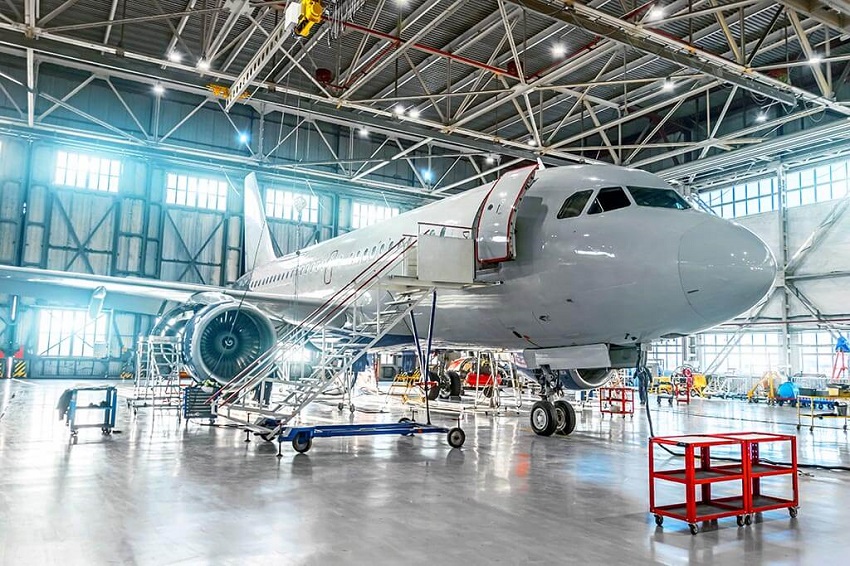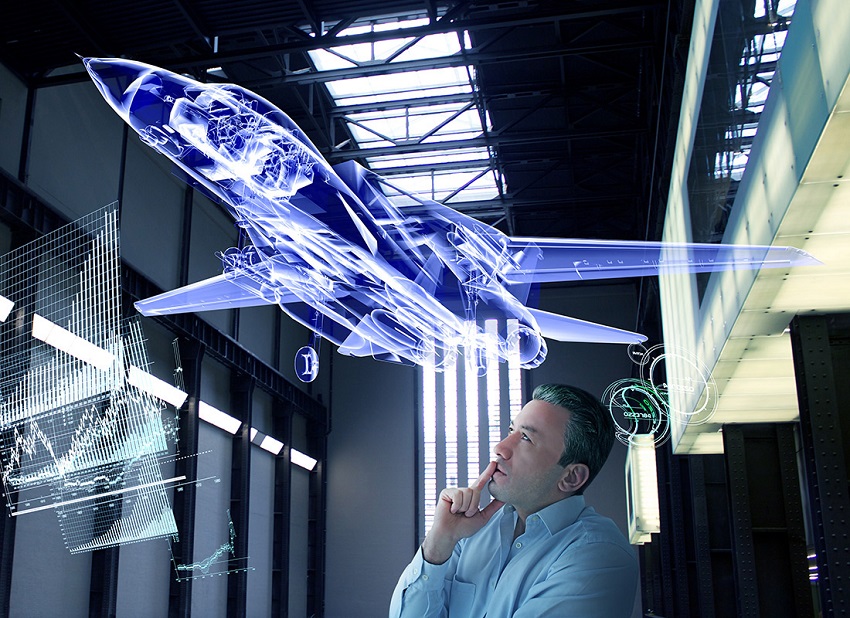If you’ve ever looked up at the sky and marveled at the sight of an aircraft soaring gracefully through the clouds, you might have wondered about the technology and science behind it. Aeronautical engineering is the field that makes this airborne marvel possible. In this article, we will delve into what is aeronautical engineering, exploring its history, fundamental principles, key applications, and future prospects.
Understanding Aeronautical Engineering
What is Aeronautical Engineering?
Aeronautical engineering is a branch of engineering that deals with the design, development, and construction of aircraft, spacecraft, and related systems. It encompasses a wide range of disciplines, including aerodynamics, propulsion systems, materials science, structural analysis, and control systems.
A Brief History of Aeronautical Engineering
The roots of aeronautical engineering can be traced back to ancient times when humans attempted to understand and mimic the flight of birds. However, it was not until the late 19th and early 20th centuries that significant progress was made. The Wright brothers’ successful flight in 1903 marked a turning point, leading to rapid advancements in aircraft technology and sparking the formalization of aeronautical engineering as a discipline. If you’re curious about other engineering disciplines, you might discover why is engineering called the stealth profession.
The Principles of Flight
Lift, Thrust, Drag, and Gravity
At the heart of aeronautical engineering lies the understanding of the four fundamental forces that act on an aircraft: lift, thrust, drag, and gravity. Lift is generated by the wings, countering the force of gravity. Thrust, produced by engines, propellers, or jet propulsion, propels the aircraft forward. Drag, a resistive force, opposes the motion of the aircraft. The balance and management of these forces are critical to achieving controlled flight.
Aerodynamics: The Key to Flight
Aerodynamics is the study of how gases interact with moving objects, such as aircraft. The shape of an aircraft’s wings, fuselage, and other components plays a crucial role in determining its aerodynamic performance. Engineers employ wind tunnels and computational fluid dynamics (CFD) simulations to analyze and optimize the aerodynamic characteristics of an aircraft.
The Role of Aeronautical Engineers
Designing Aircraft: From Concept to Reality
Aeronautical engineers are responsible for the entire lifecycle of an aircraft, from the initial concept and design to testing, production, and maintenance. They work collaboratively to create innovative designs that are efficient, safe, and environmentally friendly.
Aircraft Structures and Materials
The choice of materials used in aircraft construction is vital to ensure strength, durability, and weight optimization. Modern aircraft rely heavily on advanced composites and lightweight alloys to achieve the right balance between strength and weight.
Propulsion Systems
Aircraft propulsion systems have evolved significantly over the years. From traditional piston engines to turbojets, turbofans, and even electric propulsion, aeronautical engineers continually seek ways to enhance efficiency and reduce emissions.
This might be of interest to you: Which Is Better: IT Or Software Engineering?
Flight Control Systems
Flight control systems are responsible for maneuvering the aircraft and ensuring stability during flight. These systems have evolved from manual controls to highly sophisticated fly-by-wire systems, where electronic signals replace traditional mechanical linkages.
Applications of Aeronautical Engineering
Commercial Aviation
Commercial aviation is perhaps the most visible application of aeronautical engineering. The design and construction of passenger aircraft have revolutionized the way people travel, connecting the world like never before.
Military Aircraft
Aeronautical engineering has played a crucial role in the development of military aircraft, including fighter jets, bombers, and unmanned aerial vehicles (UAVs). These aircraft are designed for various missions, ranging from air superiority to reconnaissance.
Space Exploration
Aeronautical engineering is not confined to the Earth’s atmosphere. It extends to space exploration, where engineers design spacecraft and propulsion systems to explore the cosmos and conduct scientific research.
The Future of Aeronautical Engineering
As technology advances and new challenges arise, the field of aeronautical engineering continues to evolve. Future prospects include the development of greener and more sustainable aircraft, advancements in supersonic and hypersonic travel, and the integration of artificial intelligence in flight systems.
Conclusion
Aeronautical engineering has been instrumental in transforming the way we travel and explore the skies. From the Wright brothers’ historic flight to the cutting-edge technology of modern aerospace, the field has come a long way. As we look to the future, aeronautical engineers will play a vital role in shaping the next generation of airborne innovations.
FAQs
Is aeronautical engineering the same as aerospace engineering?
Aeronautical engineering focuses on aircraft within the Earth’s atmosphere, while aerospace engineering encompasses both aircraft and spacecraft.
What educational qualifications are required to become an aeronautical engineer?
Typically, a bachelor’s degree in aeronautical engineering or a related field is required, followed by specialized training and certifications.
Can aeronautical engineers work in other industries apart from aviation?
Yes, aeronautical engineers’ skills are transferable, and they can work in industries like automotive, defense, and renewable energy.
What are the challenges faced by aeronautical engineers today?
Aeronautical engineers face challenges such as reducing emissions, developing quieter aircraft, and achieving sustainable aviation.
How do aeronautical engineers ensure the safety of aircraft?
Aeronautical engineers conduct rigorous testing and simulations to ensure the structural integrity and safety of aircraft components.





